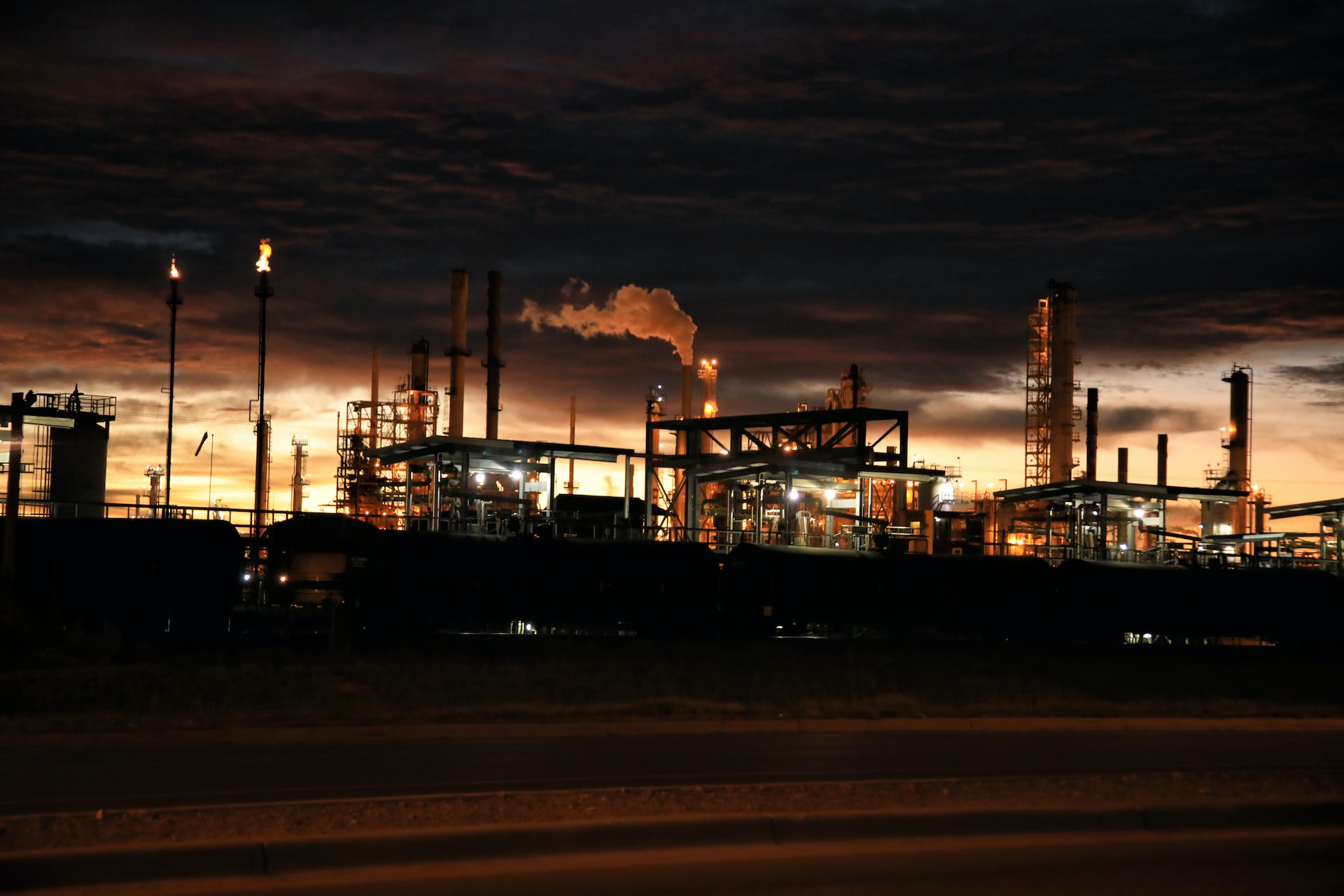The Industrial Revolution: The Impact on Society and Technology

The Industrial Revolution was a period of rapid industrialization that took place between the late 18th and early 19th centuries. It was characterized by the development of new technologies, the growth of factories and mass production, and the rise of the working class. In this article, we will explore the impact of the Industrial Revolution on society and technology.
Impact on Society
The Industrial Revolution had a significant impact on society, transforming the way people lived and worked. One of the most significant changes was the shift from an agrarian society to an industrial one. The growth of factories and mass production led to the creation of new jobs, particularly in manufacturing and factory work. This led to the rise of the working class and the growth of urban areas.
The Industrial Revolution also led to the development of new forms of transportation, such as steam-powered ships and trains, which made it possible to transport goods and people quickly and efficiently. This led to the growth of international trade and the spread of industrialization to other parts of the world.
However, the Industrial Revolution also brought with it significant social and economic challenges. Rapid industrialization led to overcrowding in cities, poor working conditions and low wages for factory workers, and a rise in crime and poverty. The gap between the wealthy and the working class also grew as industrialization led to the rise of a new class of industrial capitalists.

Impact on Technology
The Industrial Revolution was marked by the development of new technologies, which helped to drive industrialization and economic growth. One of the most significant technological developments of the Industrial Revolution was the steam engine, which powered the growth of factories and mass production.
The Industrial Revolution also led to the development of new forms of energy, such as coal and steam, which helped to power the growth of industry and transportation. The introduction of new machines and tools, such as the spinning jenny and the power loom, also led to an increase in productivity and the ability to mass-produce goods.
The Industrial Revolution also had a significant impact on the field of manufacturing. The new machines and tools allowed for faster and more efficient production, leading to the rise of assembly line production and the division of labor. This led to the development of new industries, such as textiles and iron, which helped to spur economic growth and increase global trade.
The advancements in technology during the Industrial Revolution also led to the development of new forms of communication, such as the telegraph and the telephone, which helped to connect people and businesses across long distances.
In conclusion, the Industrial Revolution was a period of rapid industrialization that had a significant impact on society and technology. It led to the shift from an agrarian society to an industrial one and the growth of urban areas. The new technologies, such as the steam engine, and energy sources like coal, allowed for mass production and economic growth. However, it also brought with it significant social and economic challenges, including poverty and poor working conditions. The impact of the Industrial Revolution continues to shape the world today in terms of technology, economy, and society.





